BOOK
-
If you buy different books together, please mail to "mail@daichikoda.com"
- Forest /
background -
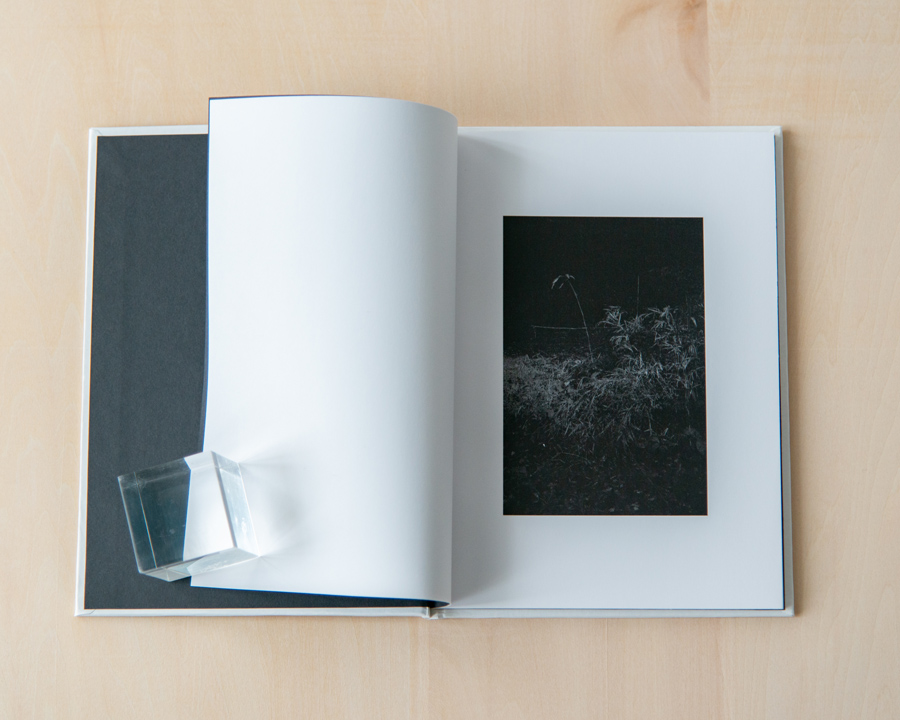
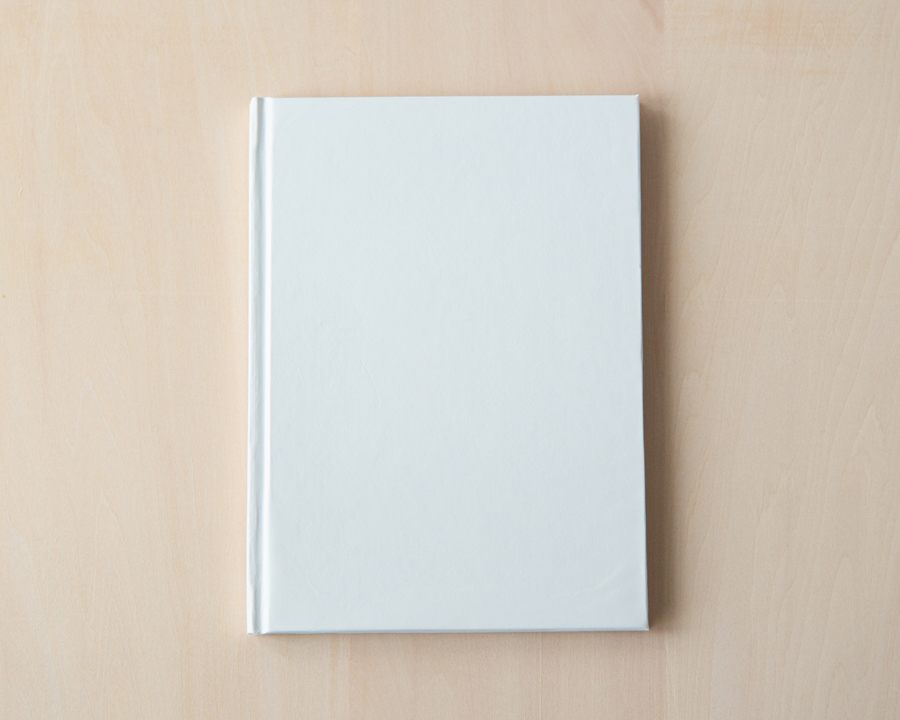
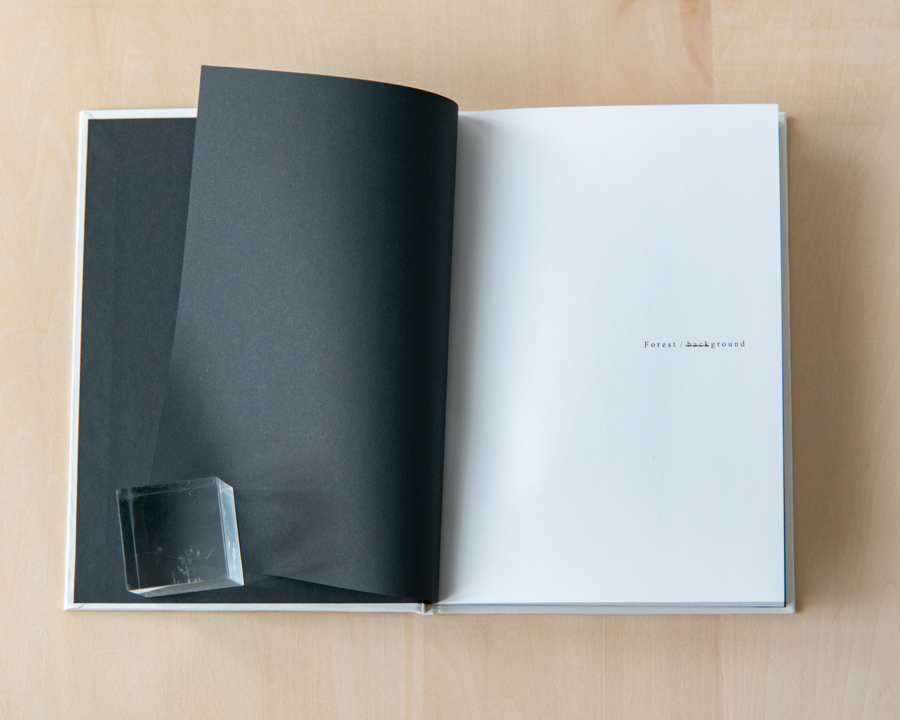
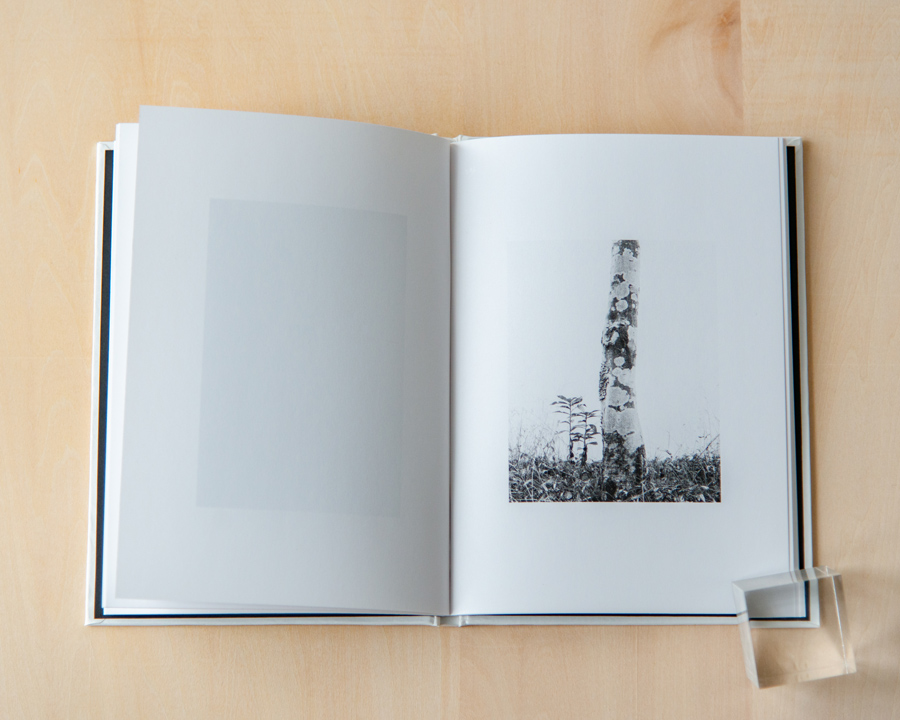
Although Forest and Background were created as two separate series, the airy atmosphere created through the artist's personal experience and pierced by his vision portrays harmony, depicting poles and poles in contrast to black and white. The plants that serve as the motifs show various expressions in the images created by the artist. Stillness and movement. Light and dark. Life and death. These things, separated in two by words, are circulating on the screen, always containing both.
self published/ 私家版
210mmx150mm
64pages
30 b/w pictures
Edition of 100
Handmade by aritst
price:4500JPY +10%tax +shipping
temporary unavailable
background-
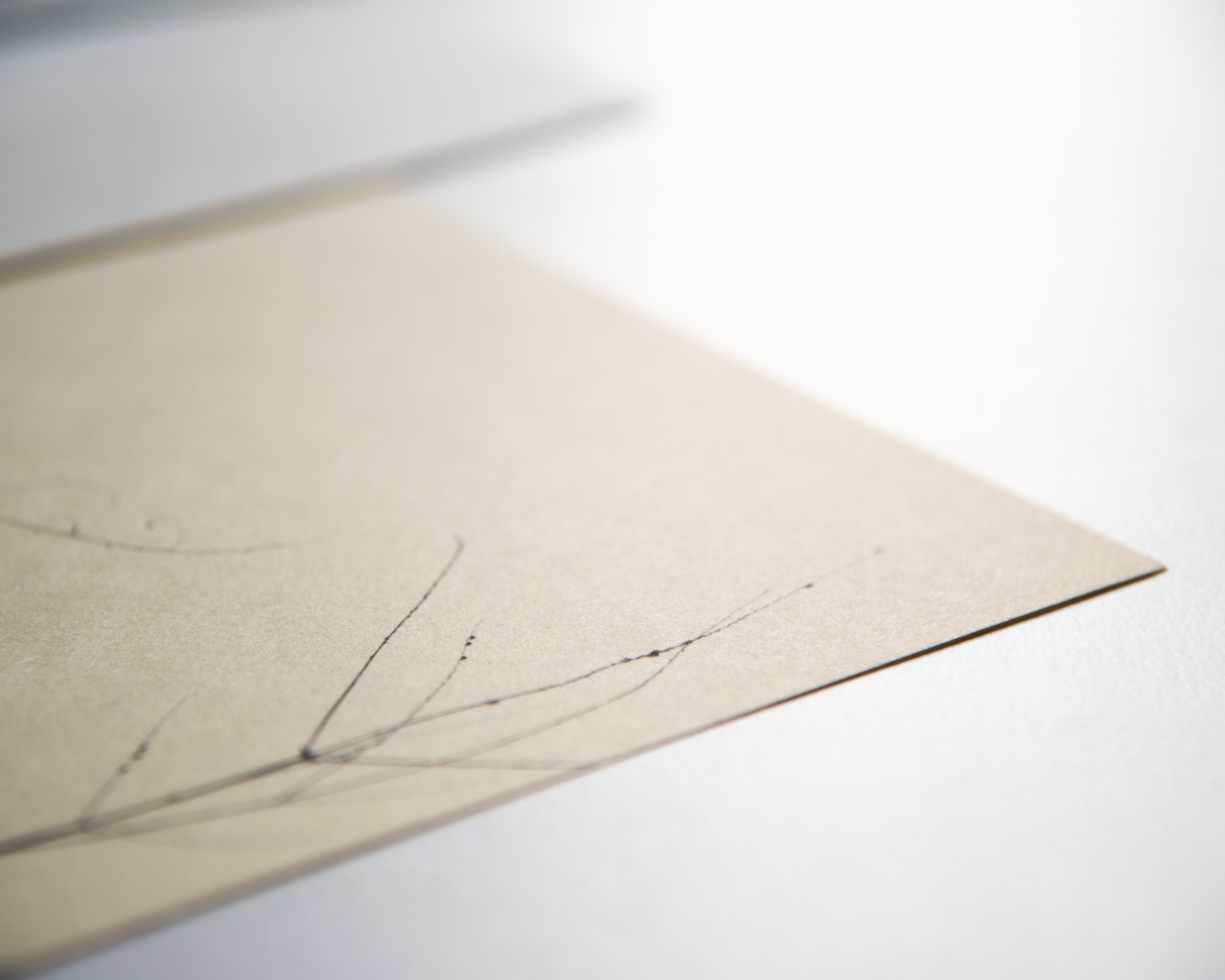
It can be said that my works come from being related to someone. In many cases, relationships with people are non-permanent. Moving to a different town. Losing contacts. Someone’s death. I think I feel lonely somewhat in such cases. By making work, I make something that lasts even if the form has changed. I try to make it a part of society. In that sense, it may be a very personal thing. 'background' is inspired by the death of my mother. I used to take my mother's portrait pictures. However, I was not able to get a good one. That's why I tried to continue to photograph my mother's portrait by photographing the plants she loved.
self published/ 私家版
210x290mm
15 prints on the High quality Japanese paper
Black paper cover and paper envelope
Edition of 36 + 2AP
price:15000JPY +10%tax +shipping
Review on photobookstore magazine UK
https://www.photobookstore.co.uk/blog/photobook-reviews/daichi-kodas-background-reviewed-by-robin-titchener/?fbclid=IwAR0-V9mOz8Ah97hoNxN9MiesA8LTDRoYQinTmYjiivCqs9k6yDMlgYYIklk
FOR INTERNATIONALS
日本国内販売
- Forest
-
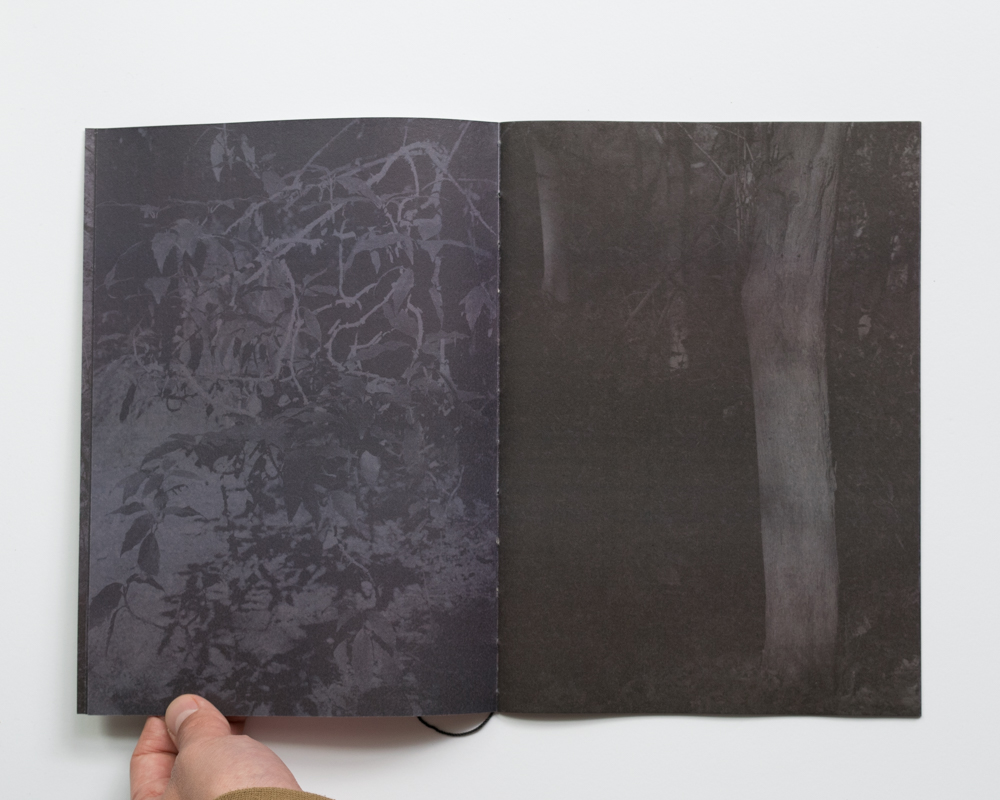
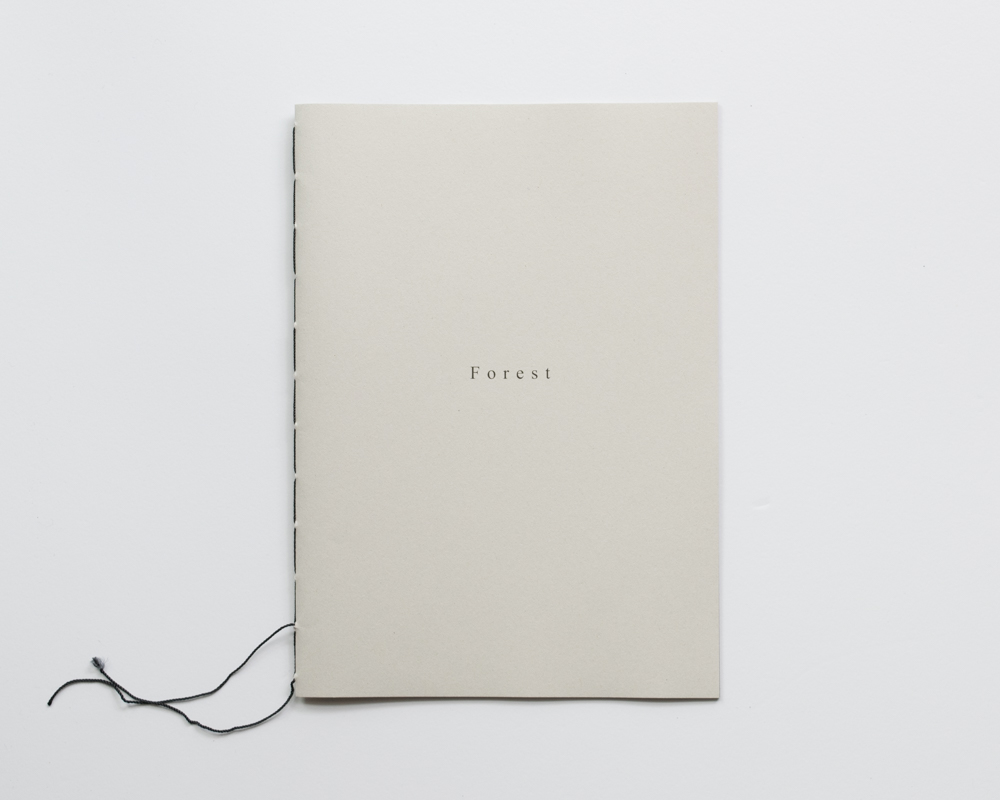
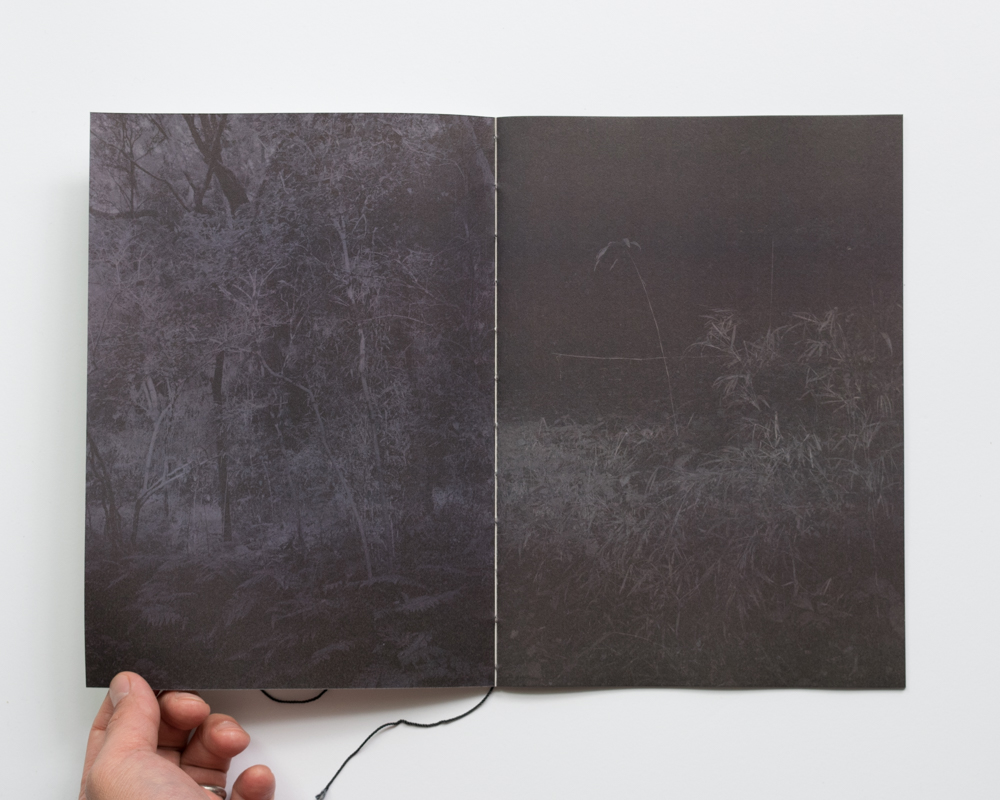
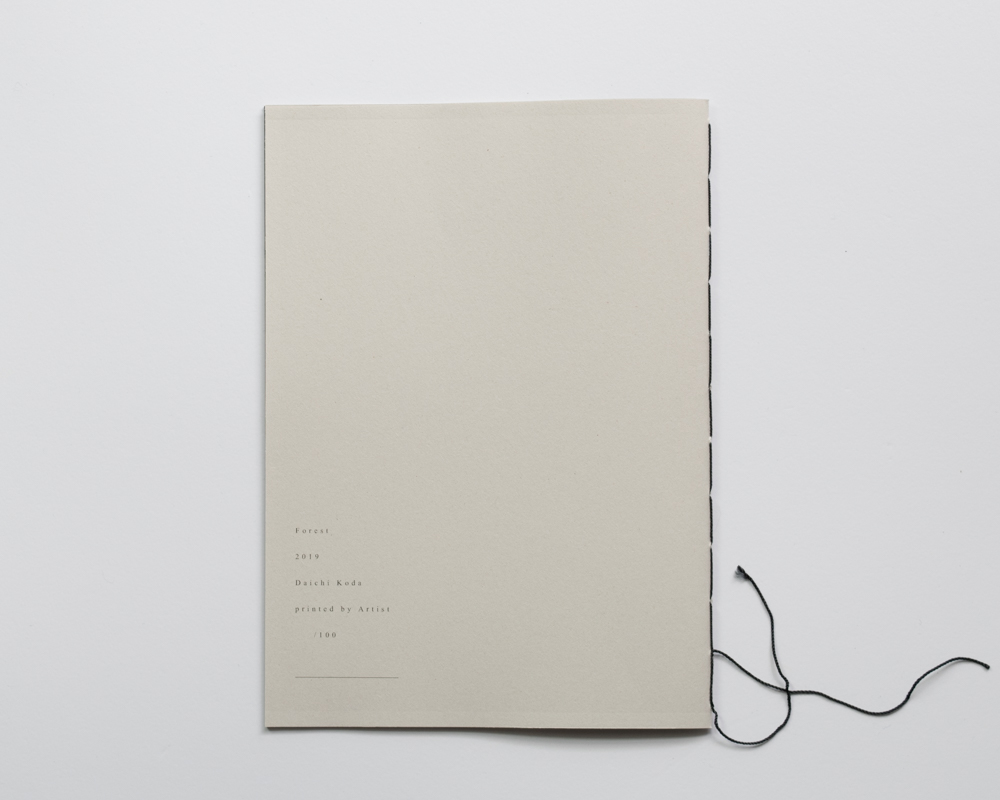
“But why do we go out to see the forest? Why do you dream of stepping into the majestic old woods?”
Daichi Koda’s sombre, dark exploration of the “Forest” offers no true explanation of the question he poses in his afterword. The photobook contents itself with capturing its mystery, its spirituality, its otherness. Koda steps into the forest with the knowledge that the forest is a place different from society, and that it has been made so. “The eyes always want what lies between us and here. The picture is a device to bring you here and there.” self published/ 私家版
Limited edition of 100 24pages/20images
Publication Date 2019
size: 170x235mm
Cover: softcover
Bind:saddle stiching
price:3500JPY +10%tax +shipping
FOR INTERNATIONALS
日本国内販売 国内発送はクリックポストでいたします。
- Present
-
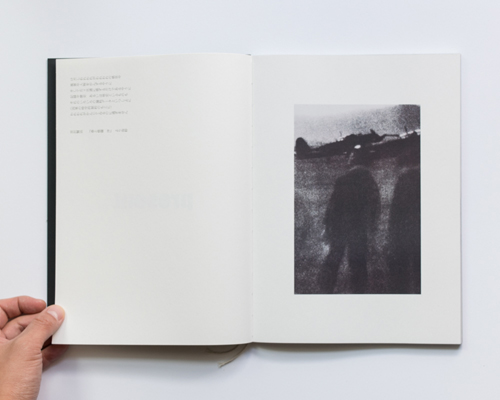
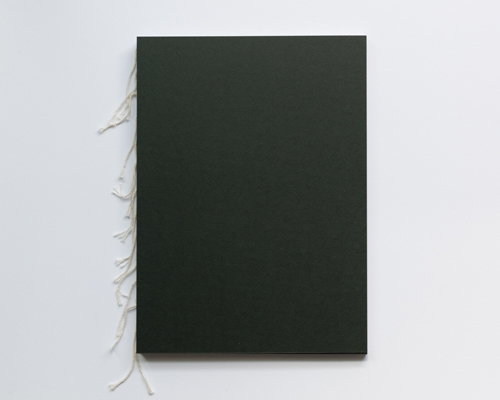
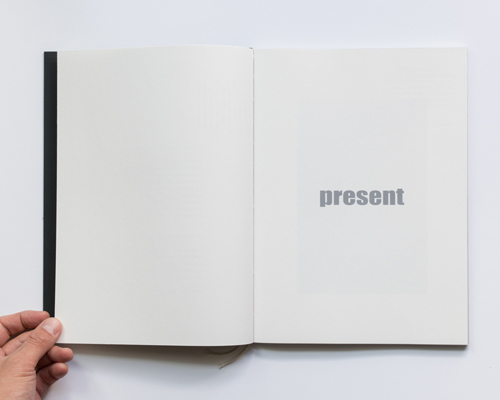
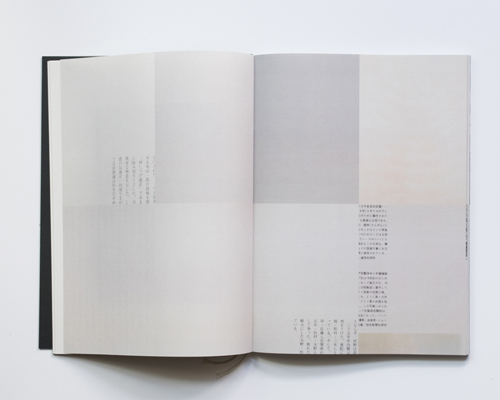
I started this "present" from the consideration about the "Book" Books are one form to access something beyond the realities. We have to obey to history. It does not matter WHICH ONE is the right one. When our authority recognizes it as a legitimate one, the authenticity will be reinforced by stakeholders in insiders of authority. It means that every political system is manipulated always from past to present. And the future, too. And it would be achieved through the media and languages to access the images. The opening sentence is taken from Kenji Miyazawa's "Spring and Shura". His poetry is so famous among Japanese. Because his "Ame-nimo-make-zu" is adopted by the Imperial Japanese Army as a symbol of the spirit of Japanese during the last war. Also after the war ended, the poetry has been used as a slogan justifying poverty. And the sense inherited to many Japanese by the educational books adopted by the authority. It is clear from his sentence on the beginning of this book that he had never aimed to indicate such sense. But history has proceeded to this way. I attempted to clarify this process of what is done through media, language, and images. Images in this book come from some books of Japanese modern history. I shot each page of those books and splitting them digitally. Some snapshots pictures are put on the pages in-between splitting images. If you find alternative righteous in the book, it is kind of transcendence against the meaning of what already acknowledged. The quoted text from Kenji Miyazawa's SPRING ASURA. Excerpt from "SPRING ASURA" Kenji Miyazawa These words were meant to be transcribed truthfully In the monstrous bright accumulation of time Of the present geological era Yet they have gone ahead and altered their construct and quality In what amounts to a mere point of contrasted light (or alternatively a billion years of Ashura) Now it is possible that both the printer and I Have been sharing a certain turn of mind Causing us to sense these unaltered In all probability just as we are aware of our own sense organs And of scenery and of people through feeling And just as what is but what we sense is common So it is that documents and history…or the Earth’s past Are nothing but what we have become conscious of Along with their huge data (at the root of the karmic qualifications of space-time)
self published/ 私家版
Limited edition of 73 96pages/79images
Publication Date2019
size: approx 273x200mm
Cover: softcover Bind:perfect bind
price:15000JPY +10%tax +shipping
FOR INTERNATIONALS
日本国内販売
- Springboard
-
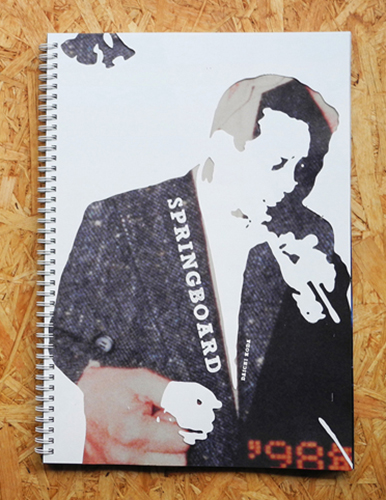
When I became 20 years old, my father died by suicide in 2003. The white paper from the Japanese government about suicide ratio say, the biggest number of people died by suicide in the year since the statistics had started. And my father was 59 then. I’ve got 11 years of age since then. My memory about my father was reconstructed with its expanding/reducing partially. The time elapse appear to me as the physical and mental distance from the point of death.
I’m attempting to combine both my personal memory and the transformed information as the fragmented code like numbers on the statistics or photographed image. Several Expanded/reduced images trimmed from a photograph of my father are represent the sense of a reality about memory fragmented or transformed. I am also attempting reconstruction of my father’s existence here. Each images function as metaphor to indicate the connection of each different point spatially and temporally. And the expanded/reduced image trimmed from a photograph of my father is represent the sense of a reality about memory of the loved one.
I would like to use the photograph to generate the alternative possibility based on my physical reality that seemed to be authentic depend on my personal relationships. I’m not trying to tell the reality itself. I’m talking about the question “what is the reality?”
This is a starting up my photographic study about what the function of images on the photographs. self published/ 私家版
2014.11 /approx 257x364mm Cover: Silkscreen on transparent flim Bind: twin loop Paper: TABLO (Takeo paper company in Japan)
SOLDOUT
- Small good lie
-
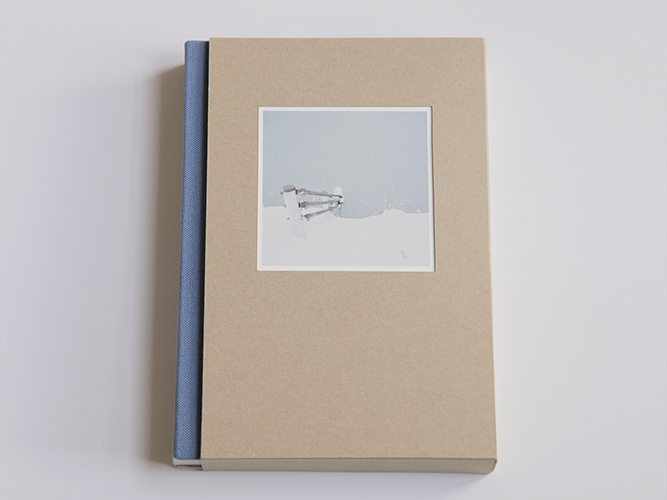
彼女が死にたいと言い僕は撮り始め、写真を見てはそれが何かを考えた。
結果的に記号化されたものを繋ぎ合わせ、別のことについての物語を作った。
それはいずれ訪れる将来の喪失に関するシミュレーションであり、たしかに通過した点についての物語だった。
She said she wanted to die, and that was what propelled me to start taking pictures of her. I then started seeing the accumulated images in a different light to discover the photography again. By connecting each code which was happened as a result, I tried to tell a story about something else. Although this is just a simulation of loss in future, it also tells about points we've passed through. self published/ 私家版
2014.9 / 200x138mm cloth-bound cover / selected rich paper
SOLDOUT
- 忘却 bokyaku
-
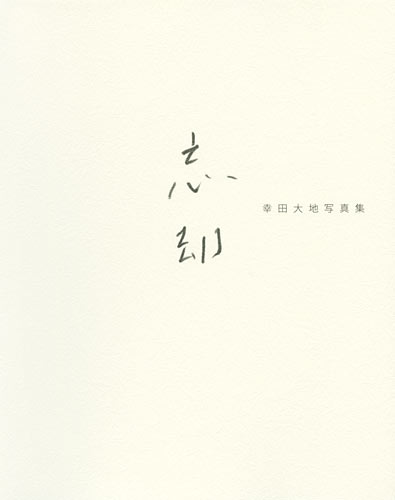
“Why do I take photographs?” Sitting before the huge volumes of news broadcast every day, I considered this. I needed to have some kind of justifiable reason for myself. As more time passed, I started to feel a kind of impatience. Impatience with the vast news inundating us, with the words of television commentators.With the tone of the “experts,” the acts of people in the nuclear power industry, the frustration of government officials.A sense of discomfort, and a sense of crisis. In fact, my justifiable reason already existed within myself. Most likely, from long before.It was to resist the negative prediction that accompanies the immense reality. So, I headed to Fukushima.I didn't know Fukushima.I didn't know about the nuclear plant there, or what led to its explosion on that fateful day.I wanted to know this place called Fukushima.I felt the responsibility to know it. To know what kind of lives people live, what jobs they do, what scenery they gaze at, what films or novels move them. What color flowers grow, and what color is the sky? I felt that knowing these things was absolutely necessary, even more than any other things.For an outsider such as myself.And, possibly for many outsiders. I felt the need to know this actuality. (Quate from the postscript)
ISBN978-4-89625-110-4
2012.03.11 / 260x210 soft cover / Japanese only
日本国内 サイン入り 一冊 3200円+税+送料(クリックポスト)
International (signed 1 copy) 3200JPY+tax+shipping
- 写真に何ができるか
-
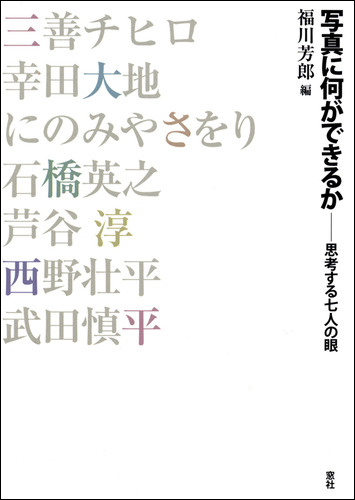
他6人の写真家の方たちと共に、作品化のプロセスとメソッド。また自身の個人的なプロジェクトとの繋がりやコミットメントのあり方などについてテキストと写真を掲載しています。
Daichi contribute his text about the method and the consideration process about pursuing his project. His personal background strongly connect to his photographic works and approach to the world by using photographs. Japanese only. ISBN978-4896251265
2014.4 / 210x148mm soft cover / Japanese only
- アジアxカメラ
-

Written in the time of initial stage as photographer carrier of him. 2 other winner of JAPAN YOUTH DOCUMENTARY PHOTOGRAPHY AWARD wrote each text for this book.
ISBN 978-4807411016 / Japanese only
▲top
For reasonable shipping cost for you.
Thank you.
Copyright 2012 Daichi Koda. All rights reserved.